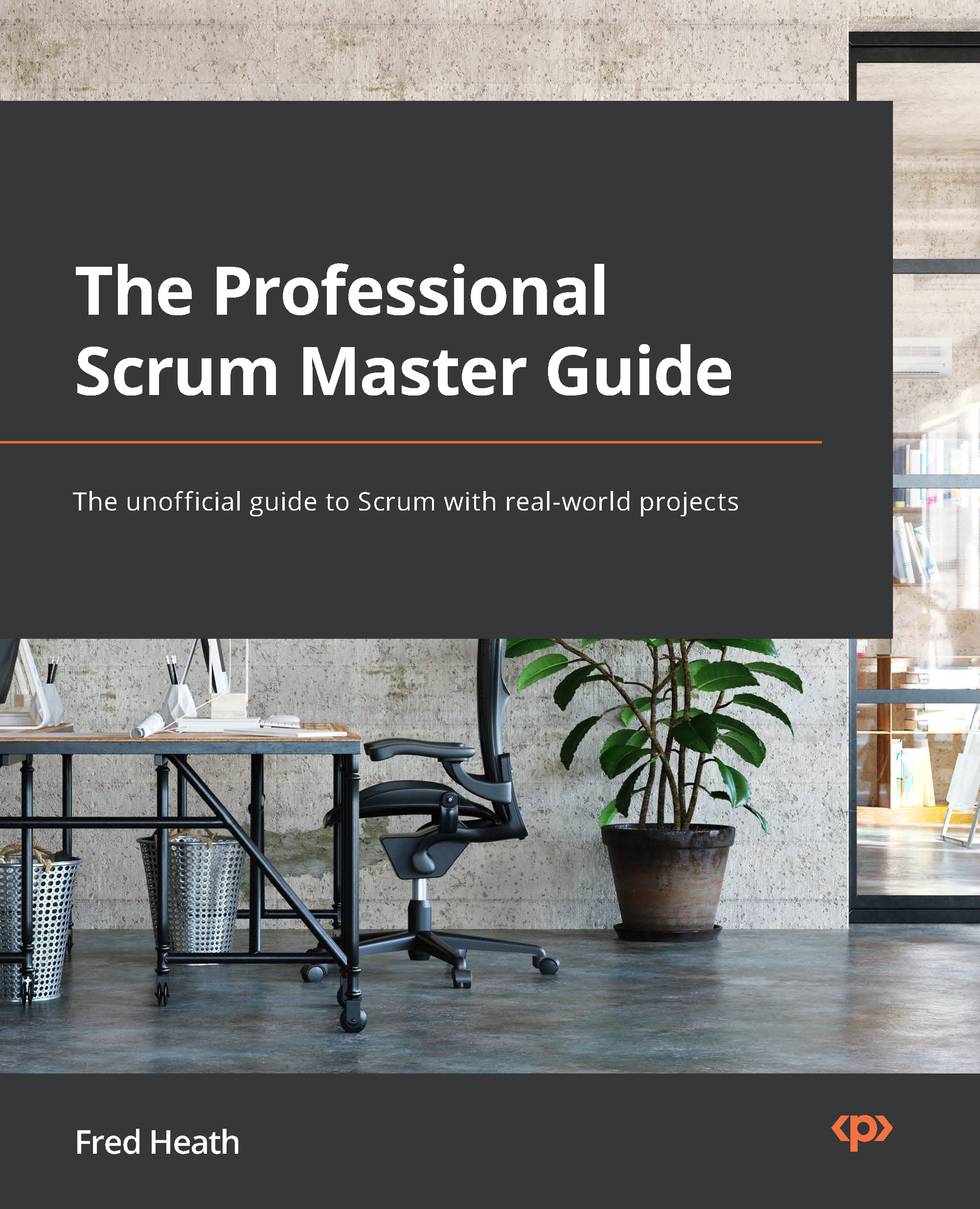The pillars of empiricism
Just like a house needs pillars in order to be supported and withstand bad weather or earthquakes, so does a development framework need pillars to support it and make it resistant to adverse effects. For an empirical approach, such as Scrum, these pillars are Inspection, Adaptation, and Transparency.
The pillars of empiricism are summarized in the following diagram:
Figure 2.1 – The pillars of empiricism
Let's examine what each of these pillars means.
Inspection
As mentioned in Chapter 1, Introduction to Scrum, Scrum Teams produce certain artifacts. According to the Scrum Guide, Scrum practitioners should inspect Scrum Artifacts when these are being produced. Inspections should be honest and thorough, but they should not take over or obstruct the development work.
We have actually already mentioned one of these artifacts: the Increment. Increments, as well as the other artifacts that we'll examine in...












































































